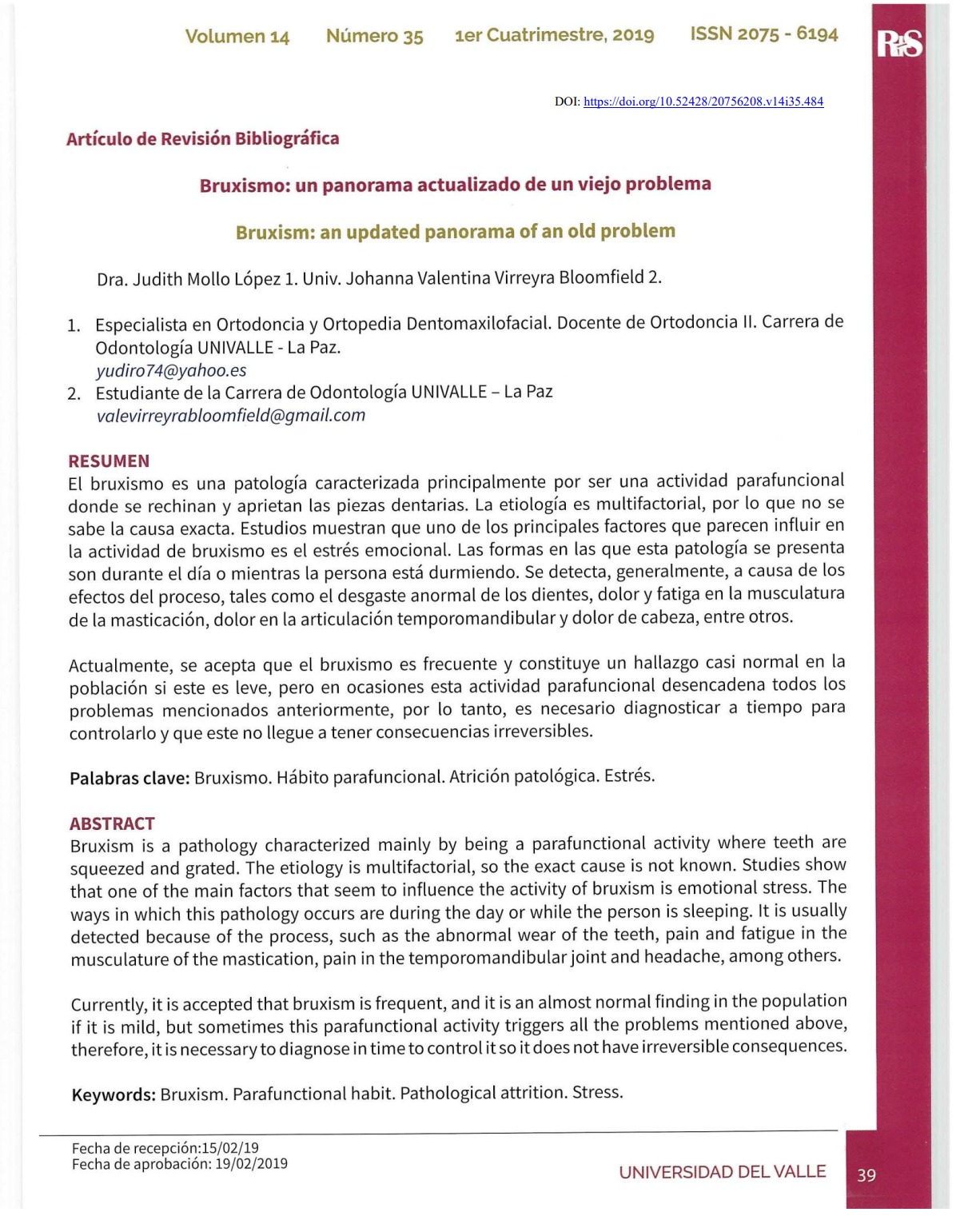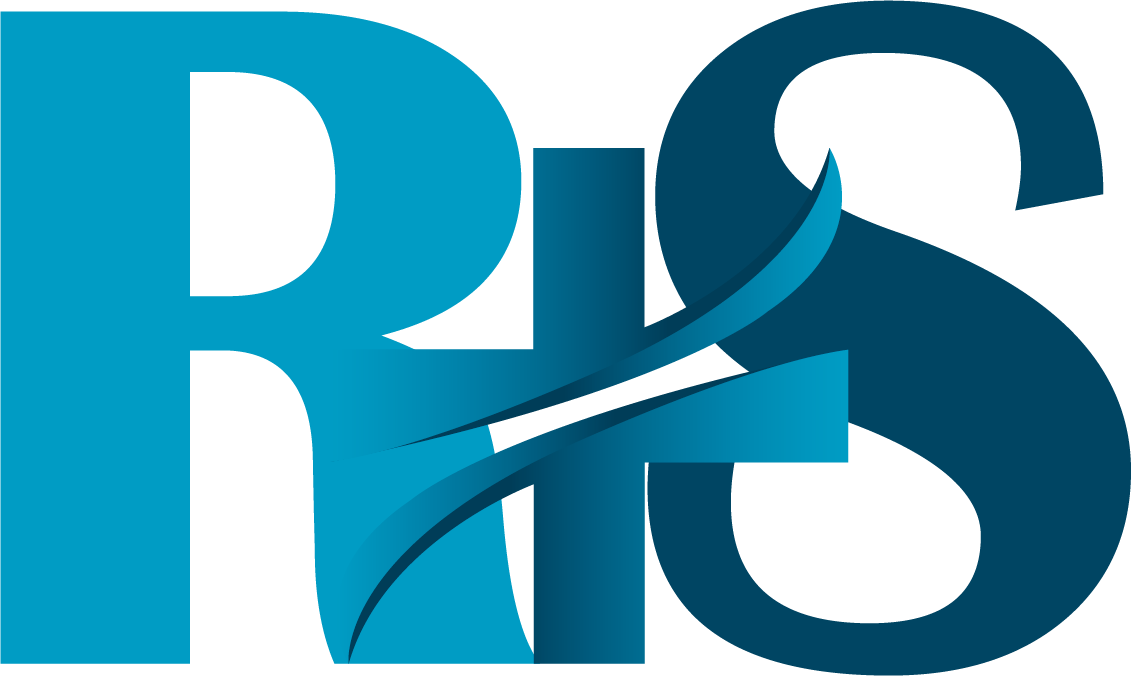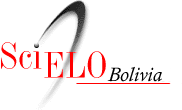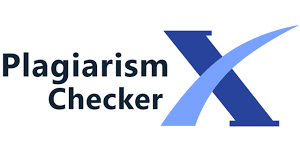Bruxismo: un panorama actualizado de un viejo problema
DOI:
https://doi.org/10.52428/20756208.v14i35.484Palabras clave:
Bruxismo, Hábito parafuncional, Atrición patológica, EstrésResumen
El bruxismo es una patología caracterizada principalmente por ser una actividad parafuncional donde se rechinan y aprietan las piezas dentarias. La etiología es multifactorial, por lo que no se sabe la causa exacta. Estudios muestran que uno de los principales factores que parecen influir en la actividad de bruxismo es el estrés emocional. Las formas en las que esta patología se presenta son durante el día o mientras la persona está durmiendo. Se detecta, generalmente, a causa de los efectos del proceso, tales como el desgaste anormal de los dientes, dolor y fatiga en la musculatura de la masticación, dolor en la articulación temporomandibulary dolor de cabeza, entre otros.
Actualmente, se acepta que el bruxismo es frecuente y constituye un hallazgo casi normal en la población si este es leve, pero en ocasiones esta actividad parafuncional desencadena todos los problemas mencionados anteriormente, por lo tanto, es necesario diagnosticar a tiempo para controlarlo y que este no llegue a tener consecuencias irreversibles.
Descargas
Citas
(AGUILERA S, BROWN L, PERICO V. Aesthetic Treatment of Bruxism. J Clin Aesthet Dermatol. 2017;10(5):49-55. https:// www.ncbi.nlm.nih.gov/pmc/articles/PMC5479477/pdf/jcad_10_5_49.pdf
AMERICAN ACADEMY OF SLEEP MEDICINE. International Classification of Sleep Disorders. 3rd ed. Westchester, Darien, Illinois: American Academy of Sleep Medicine; 2014. Sleep related bruxism.
ADRIAN U. YAP, Al PING CHUA. Sleep Bruxism: Current Knowledge and contemporary management. Journal of Conservative Dentristry. 2016. 19 (5): 383-389. https://www.ncbi.nlm.nih.gov/pubmed/27656052 DOI: https://doi.org/10.4103/0972-0707.190007
MURALI RV, RANGARAJAN P, MOUNISSAMY A. Bruxism: Concceptual discussion and review. J Pharm Bioallied Sci. 2015 Apr;7(Suppl 1): S265-70. https://www.ncbi.nlm.nih.gov/pubmed/26015729 DOI: https://doi.org/10.4103/0975-7406.155948
REDDY SV ET AL. Bruxism: A Literature Review. Journal of International Oral Health 2014; 6(6):105-109. https://www. ncbi.nlm.nih.gov/pmc/articles/PMC4295445/pdf/JlOH-6-105.pdf
WIECKIEWICZ M, PARADOWSKA-STOLARZ A, WIECKIEWICZ W. Psychosocial Aspects of Bruxism: The Most Paramount Factor Influencing Teeth Grinding. BioMed Research International Volume 2014, Article ID 469187, 7. http://dx.doi. org/10.1155/2014/469187 DOI: https://doi.org/10.1155/2014/469187
OMMERBORN MA, GIRAKI M, SCHNEIDER C, FUCK 1M, HANDSCHEL J, FRANZ M, HANS-MICHAEL RAAB W, SCHÄFER R. Effects of sleep bruxism on functional and occlusal parameters: a prospective controlled investigation. International Journal of Oral Science (2012) 4, 141-145. https://www.ncbi.nlm.nih.gov/pmc/articles/PMC3464987/pdf/ijos201248a. pdf DOI: https://doi.org/10.1038/ijos.2012.48
SUTIN A, TERRACCIANO A, FERRUCCI L, COSTA P. Teeth Grinding: Is Emotional Stability related to Bruxism? J Res Pers.
June; 44(3): 402-405. https://www.ncbi.nlm.nih.gov/pmc/articles/PMC2934876/pdf/nihms229133.pdf
MAGALHÄES BC, FREITAS JL, BARBOSA AC, GUEIROS MC, GOMES SG, ROSENBLATT A, ET AL. Temporomandibular disorder: otologic implications and its relationship to sleep bruxism. Braz J Otorhinolaryngol. 2018 Sep - Oct;84(5):614619. https://www.sciencedirect.com/science/article/pii/S1808869417301404?via%3Dihub DOI: https://doi.org/10.1016/j.bjorl.2017.07.010
RAPHAEL KG, SANTIAGO V, LOBBEZOO F. Is bruxism a disorder or a behaviour? Rethinking the international consensus on defining and grading of bruxism. J Oral Rehabil. 2016 October; 43(10): 791-798. https://www.ncbi.nlm.nih.gov/ pubmed/27283599 DOI: https://doi.org/10.1111/joor.12413
(
SONA J. LAL; KURT K. WEBER. (2018) Bruxism Management. Stat Pearls [Internet]. https://www.ncbi.nlm.nih.gov/ books/NBK482466/
OKESON J. Tratamiento de oclusi6n y afecciones temporomandibulares. Elsevier. 7ma Edici6n. Espafia .2008.
INFANTE C, INFANTE L, BENAVIDES B. Manual de ortopedia maxilar. Modelo de diagn6stico de maloclusiones para pacientes en crecimiento. Universidad Nacional de Colombia. (2010)
SAPP, J, EVERSOLE L, WYSOCKI G. Patologfa oral y maxilofacial contemporånea. Elsevier. Espafia. (2005)
HERNADEZ B, DIAZ S, HIDALGO S, LAZO R. Bruxismo: Panorama Actual. Rev. Arch Med Camagüey http:// scielo.sld.cu/pdf/amc/v21n1/amc150117.pdf
ARDIZONE GARCIA l, CELEMÉN A, SÅNCHEZ T, ANEIROS F. Ociusi6n fisi016gica frente a oclusi6n patoi6gica. Un enfoque diagn6stico y terapéutico pråctico para el odont610go. Rev Gac Dent. 2010;(220):106-14.
CARVALHO C ET AL. The relationship between bruxism, sleep quality, and headaches in schoolchildren. J. Phys. T her. Sci. 29: 1889-1892, 2017. https://www.ncbi.nlm.nih.gov/pmc/articles/PMC5702807/pdf/jpts-29-1889.pdf DOI: https://doi.org/10.1589/jpts.29.1889
GARIP ET AL. Changes in the temporomandibularjoint disc and temporal and masseter muscles secondary to bruxism in Turkish patients. Saudi Med J 2018; Vol. 39 (1) https://www.ncbi.nlm.nih.gov/pubmed/29332113 DOI: https://doi.org/10.15537/smj.2018.1.20873
CARRA MC. Sleep bruxism: a comprehensive overview for the dental clinician interested in sleep medicine. Dent Clin North Am. 2012 Apr;56(2):387-413 https://www.ncbi.nlm.nih.gov/pubmed/22480810 DOI: https://doi.org/10.1016/j.cden.2012.01.003

Descargas
Publicado
Cómo citar
Número
Sección
Licencia
Derechos de autor 2019 Judith Mollo López y Johanna Valentina Virreyra Bloomfield

Esta obra está bajo una licencia internacional Creative Commons Atribución 4.0.
Los autores/as que publiquen en esta revista aceptan las siguientes condiciones:
- Los autores/as conservan los derechos de autor y ceden a la revista el derecho de la primera publicación, con el trabajo registrado con la licencia de atribución de Creative Commons 4.0, que permite a terceros utilizar lo publicado siempre que mencionen la autoría del trabajo y a la primera publicación en esta revista.
- Los autores/as pueden realizar otros acuerdos contractuales independientes y adicionales para la distribución no exclusiva de la versión del artículo publicado en esta revista (p. ej., incluirlo en un repositorio institucional o publicarlo en un libro) siempre que indiquen claramente que el trabajo se publicó por primera vez en esta revista.
- Se permite y recomienda a los autores/as a compartir su trabajo en línea (por ejemplo: en repositorios institucionales o páginas web personales) antes y durante el proceso de envío del manuscrito, ya que puede conducir a intercambios productivos, a una mayor y más rápida citación del trabajo publicado.






















